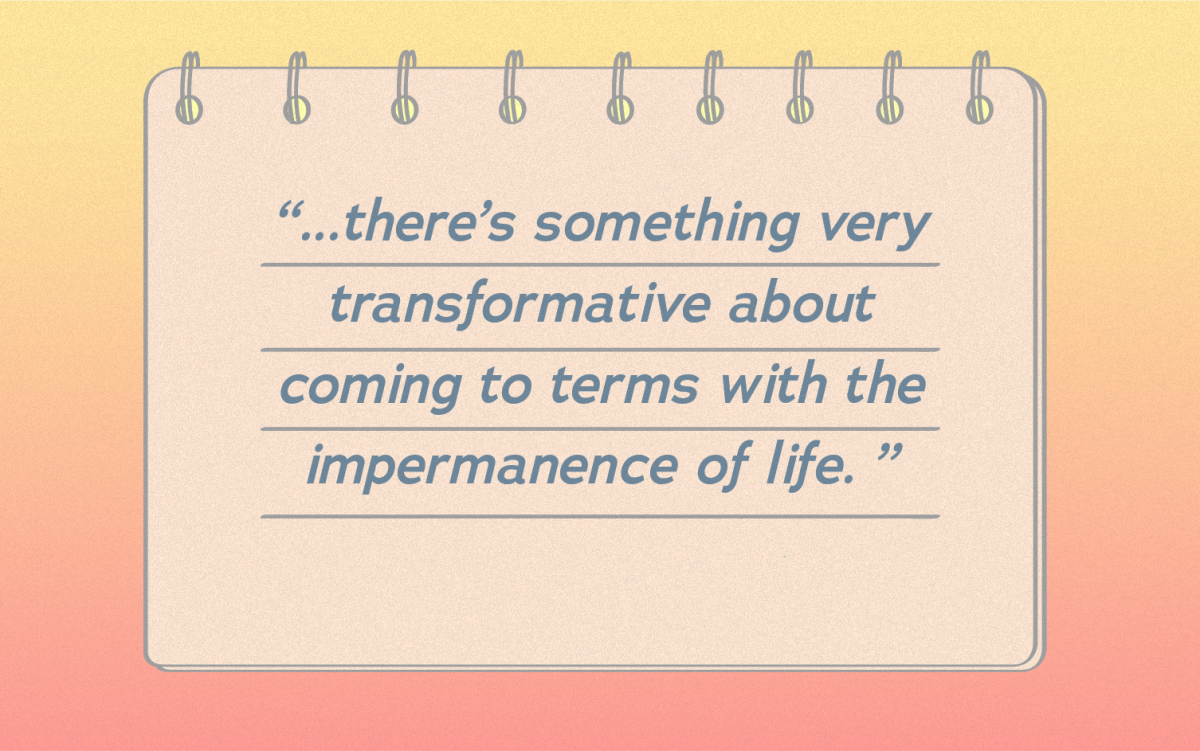[slideshow]
Story and Photos by Mary K. Schaffer
Planks of swirling blue glass panel the walls of the cool, bright atrium, transforming the once-empty space into a calming ocean. Light fills every corner of the room from a window on the ceiling two stories up. A wide staircase lines the far wall, leading up to the second floor, where mystery and history await in each room of the University of Texas’ own Blanton Museum.
If you’re like most students at UT, you’ve probably never heard of the Blanton Museum. And if you have heard of it, you might not know it’s right on campus, ready and waiting for students to use as a resource to complement their studies. And the best part? It’s free for students and faculty.
“Too often, I hear, ‘Oh, yes, the Blanton. I walk by it all the time.’ Wait, don’t just walk by — come inside!” says Stephanie Niemeyer, the Blanton’s manager of University and docent programs. “I think that a lot of students think of museums as quiet, stuffy places, but I would like for people to see that museums are places of ideas and concepts and creativity.”
Jordan Harrison, a senior film major, says she’s only ever been to the museum once in her four years on campus. “The last time I went was freshman year because it was required for a class. I remember liking it, but it’s just too far away,” Harrison says.
The Blanton houses more than 17,000 pieces of art, most of which comes from the Suida-Manning collection, which Texan Robert Manning donated to the University in 1999. “The collection really opened up opportunities for the Blanton,” Niemeyer says. “We were able to become a teaching museum for students.”
Highlights from the permanent collection include the collection of ancient Greek statue replicas, Renaissance and modern paintings and Cildo Meireles’ 1987 work Missions: How to Build Cathedrals.
The Greek statue casts are housed in a grand circular room on the second floor of the museum. The collection is special to the University, Niemeyer says, because one of UT’s own professors, William Battle, collected the casts while he taught classics here in the early 1900s. “The collections is as much a part of the history of UT as it is the history of how we teach art history,” Niemeyer says. “I think that Professor Battle would be happy to know that UT students today are still learning about ancient cultures but also sketching from these casts and learning about the history of sculpture.”
The collection includes replicas of such famous works as the armless Venus de Milo, the master of which is permanently displayed at the Louvre Museum. The white plaster casts stare quietly at their visitors, their sensual forms recalling the romanticized era of ancient Greece that inspired them. You can almost hear the silent thoughts of the lifelike statues, the past alive in their eyes.
The Renaissance and modern paintings show the stories, the lives and the feelings of people long gone. The vivid colors, human gestures and realistic textures imbue the paint with a piece of reality from a time we don’t know. The stories come alive for the viewers as people move across canvas and wood.
Finally, Meireles’ Missions, arguably the Blanton’s most powerful exhibit, is on temporary display in a black back room on the second floor. The artwork requires viewers to enter the interactive exhibit through a black curtain, inside which a ceiling of cow bones and a trail of wafers hang above a penny-covered floor. Meireles makes a bold statement with his art, commenting on the money-based construction of missions and cathedrals.
The silence of the exhibit, interrupted by the rustle of pennies, and its darkness, shot through with light broken by cow bones, creates a somber ambiance. The bones whisper and rattle above as the pennies shine brightly below. Life is absent in this room. “I always try to include this work of art on tours that I give of the museum,” Niemeyer says. “Something is going on [in this exhibit]; it is beautiful, somber, tragic, eye-opening, thought-provoking. It makes you think and reflect.”
The Blanton is far from a traditional museum. It’s not boring and stuffy. It’s alive with ancient and modern peoples, ideas and thoughts. History and life are woven in every fabric, saturated in every paint stroke, captured in every photograph. If life is dull and routine, go to the Blanton to find vibrancy and excitement. It’s there. And it’s free.
















































